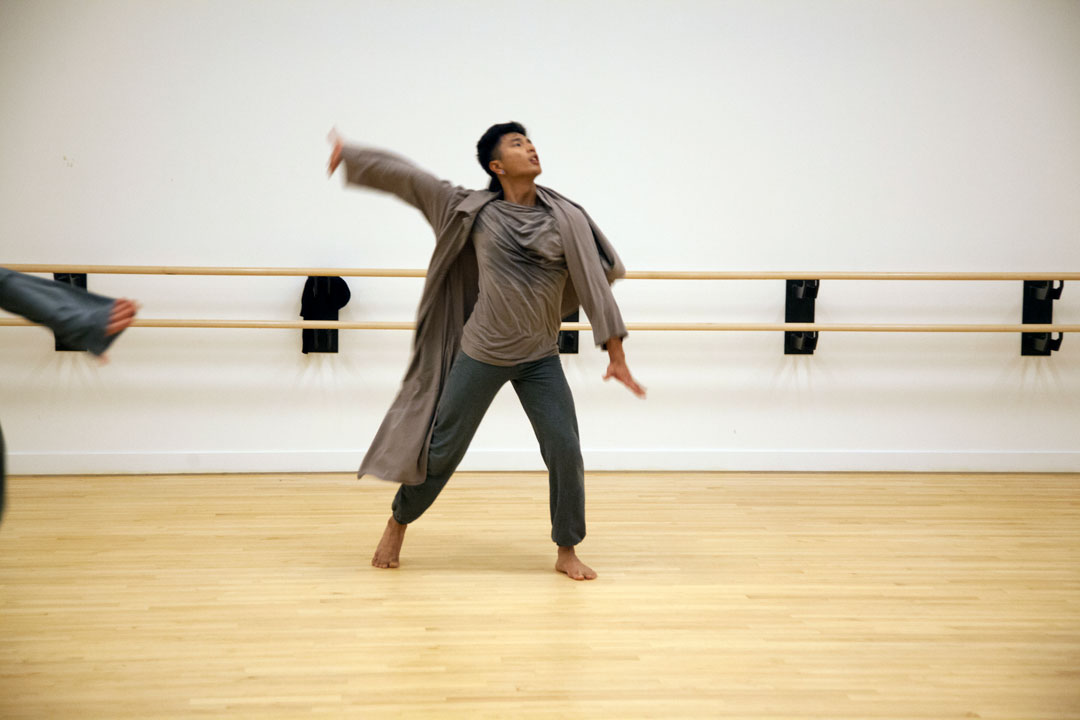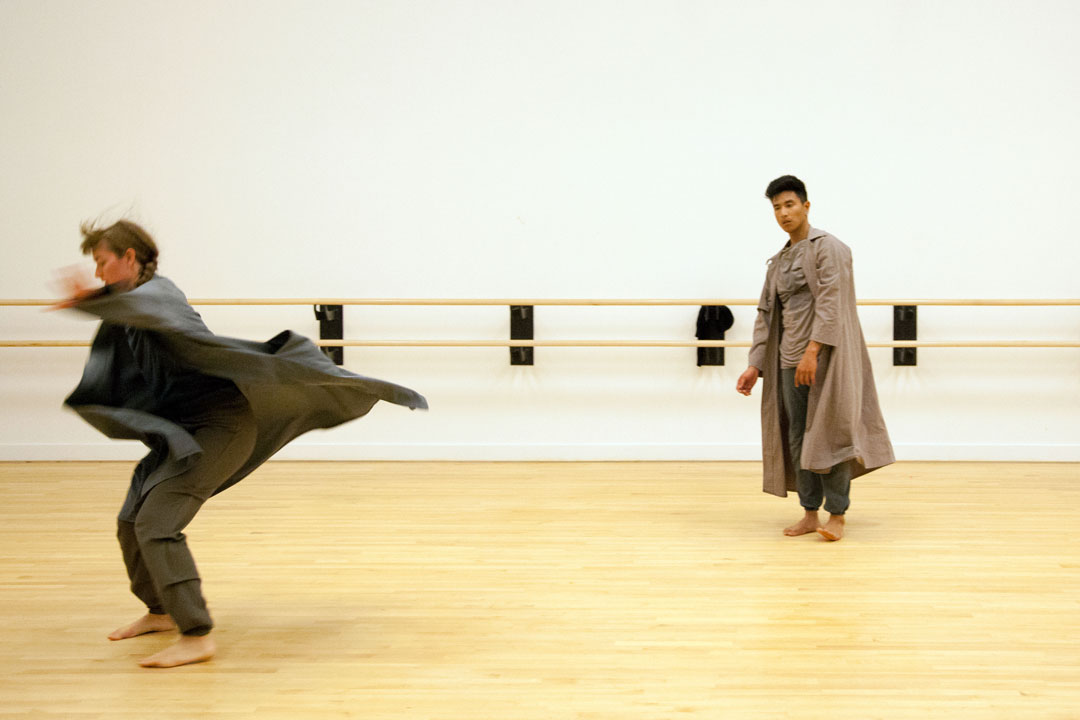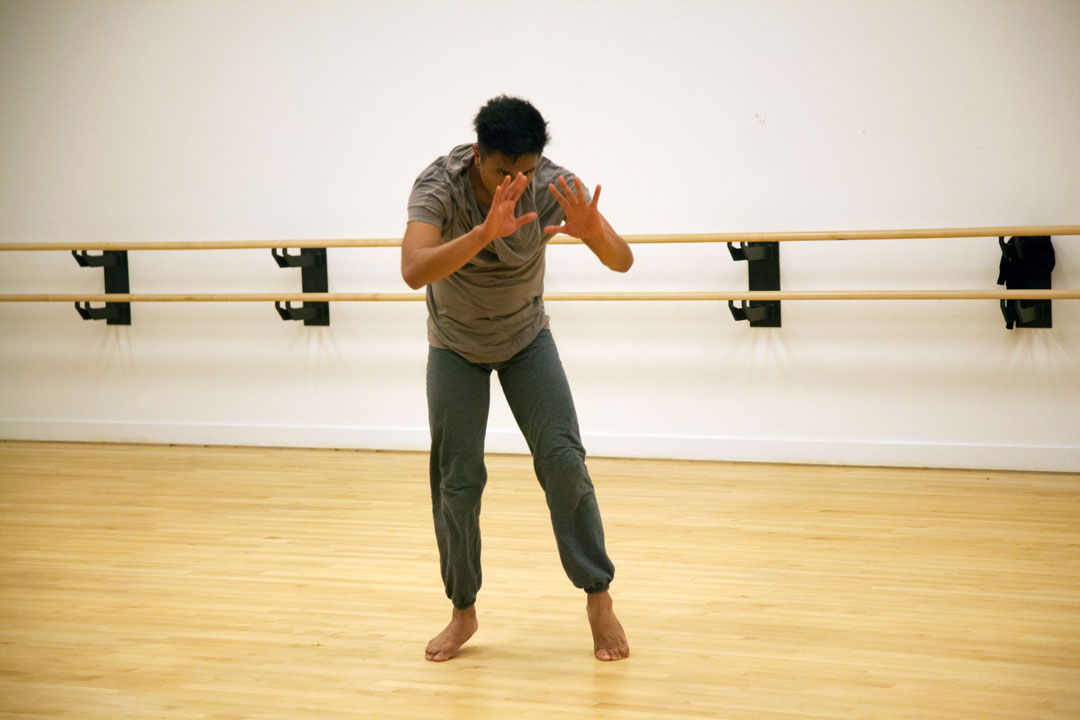Antonio.
"Live in the awkward moments", a quote from a genuine mentor, Peter Bingham. In dance and in life, giving just a little bit more during those times of uncertainty will show itself clarity. I believe that we're all beautifully and hysterically awkward, in some shape or form, so why not just live in it.” –Antonio Somera
about antonio.

Antonio Somera Jr. is a quirky character, robust space-eater, and a nimble cat-lover. Based out of Vancouver, Canada, he is a member of emerging collectives: MAYCE, Konichiwaack, and OURO. Graduated with a BFA from the SFU Contemporary Dance Program, he had the privilege of interpreting works by: 605 Collective, The Response Dance Company, Dancers Dancing, Katie DeVries, Noam Gagnon, Rob Kitsos and Julie Chapple. Antonio has performed on various stages around Vancouver such as 12 Minutes Max, Vancouver International Dance Festival, OnTheBoards and Dancing on the Edge. Antonio recently worked in Seattle, WA alongside choreographer, KT Niehoff, in her remount of A Glimmer of Hope or Skin or Light in 2015.
During his travels and studies around North America, Antonio has grown a passion in Gaga technique, contact improvisation, and the urban street-style of waacking. Waacker extraordinaire, Archie Burnette (New York) once told Antonio, “You’re too beautiful to be fake!” which inspired him to always be truthfully himself on and off stage. Antonio is also an avid participant in Vancouver’s street-dance community, instructing waacking classes and attending battles locally and internationally. Antonio’s lifelong artistic process is to create a vocabulary merging waacking and contemporary techniques presented in both proscenium and urban settings.
scenes.
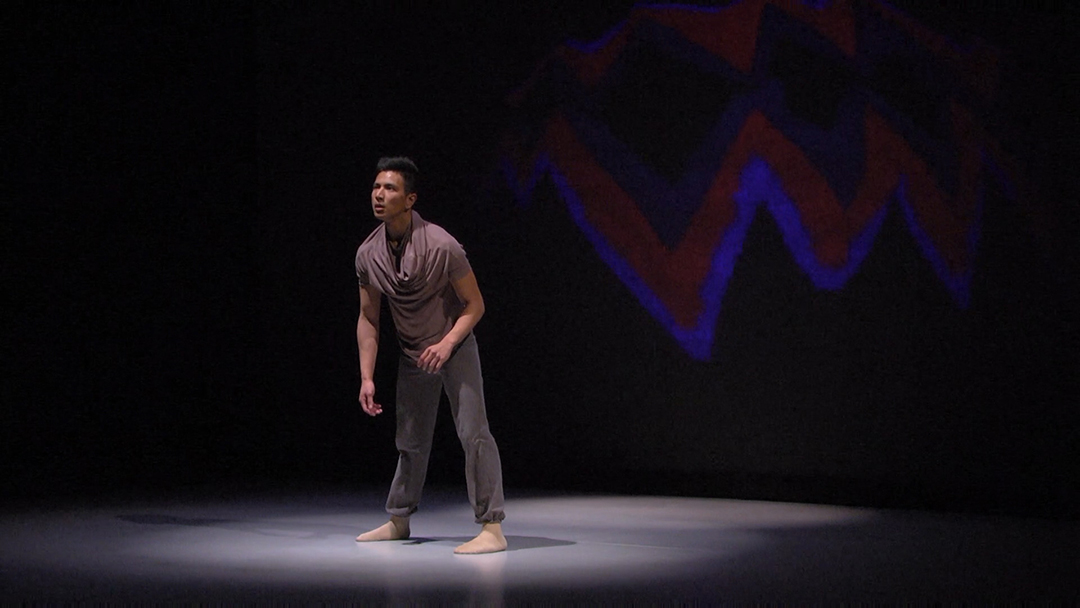 play_circle_outline
play_circle_outline
Antonio's Solo.
Antonio’s solo opens the fine line ~ twisted angels and establishes the overall tone of the work. He appears as an outsider.
Trapped in the shadows of his own warped mind, ricocheting between imagined safety and the need for always wanting more.
 play_circle_outline
play_circle_outline
improv.
A structured section of improvisation where touch provides the impetus for the movement pathways.
Transforming one sense into another.
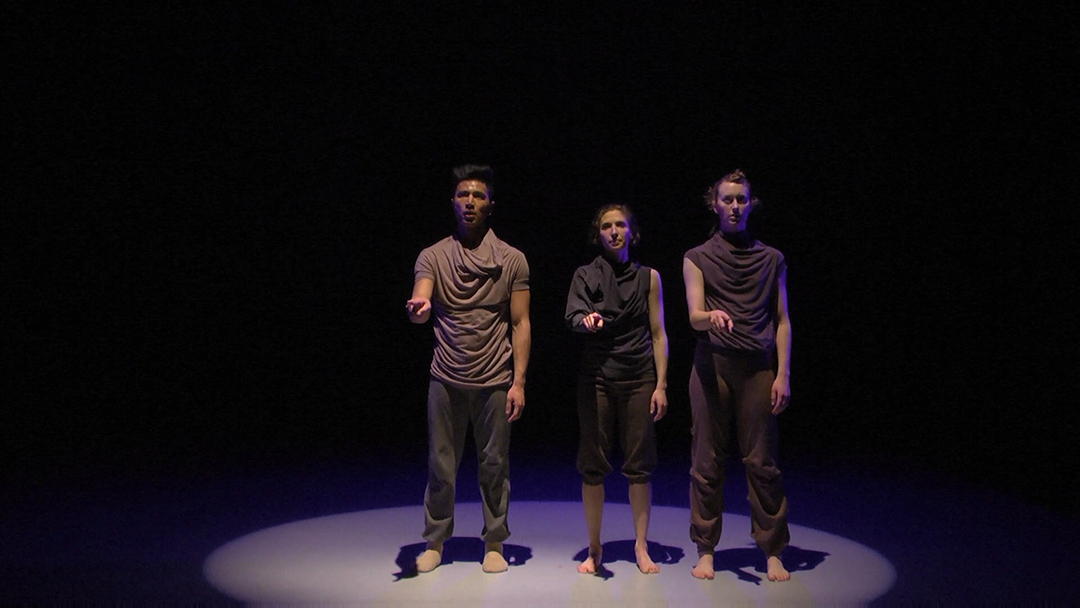 play_circle_outline
play_circle_outline
faces.
The dancers move their eyes in opposition to their body as they stare into the vacuous space that surrounds them.
When perception slips and half of the face is gone. When what is seen is not real. When reaching for something renders one empty handed.
gallery.
